
Friday, February 28, 2014
Sunday, February 23, 2014
Friday, February 21, 2014
Egypt EGYPT'S FIRST LADIES

1879-1919: Princess Amina Ilhami, Countess May, Sultana Melek, Princess Shuvekar Ibrahim

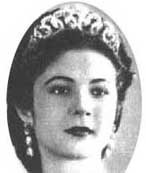
1919-1953: Queens Nazli, Farida and Nariman, Princess Neslishah (also spelt Neslişah or Neslisah)
1955-2005: First Ladies Tahia Abdel Nasser, Jehan al-Sadat, Suzanne Mubarak
Egypt History Pictures Farouk and Family Palaces in Istanbul ,Turkey
HIDIVA SARAYI
EGYPTIAN CONSULATE-GENERAL IN ISTANBULResearched by Samir Raafat March 2008
Restoration of Hidiva Saray at Bebek, Jawdat Pasha Street - May 2009
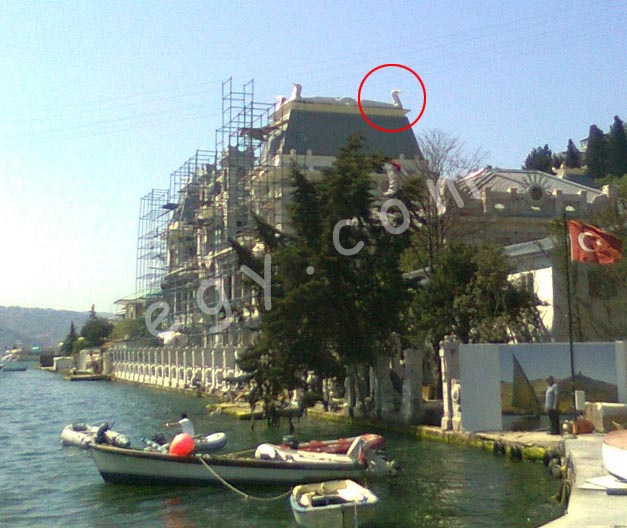
a touch of kitsch--swans added to the twin roofs in May 2010
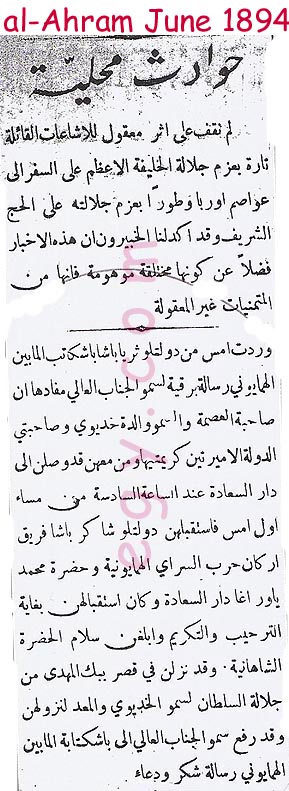
June 1894 al-Ahram announces the arrival of the Khediva-Mother and two of her daughters to Istanbul
"for the first time they shall reside in Bebek Saray recently gifted by the Sultan to the Khedive"
Below: Khedive Abbas offers Bebek Saray to his mother who requests architect Antonio Lasiac to restore it. Architect travels to Istanbul to inspect saray; Khediva-Mother resides in her son in law's (Prince Mohammed-Abbas Halim) nearby yali for duration of restoration works
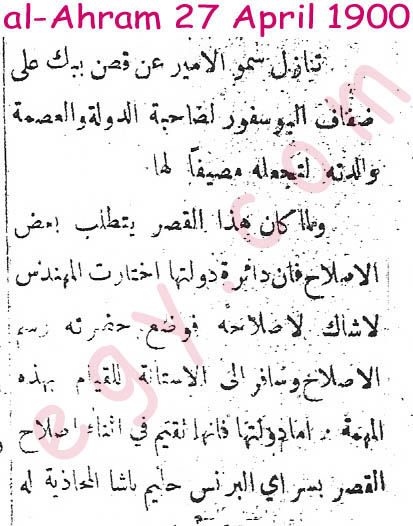
asked to follow suit with the Egyptian Embassy setting up office on the hills of Tchankaya.
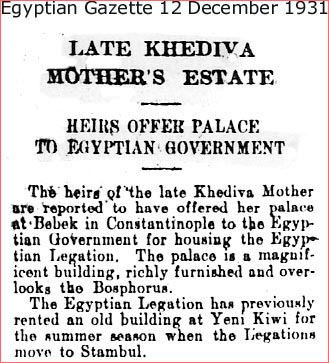
For a while the Saray stood empty until the day the Egyptian government decided to use it as an official residence. The consulate meanwhile would remain for the next three decades in the district of Beyoglou, first on the prestigious Pera Avenue (today Istiklal) at No. 303, then at No. 69 Siraseliver Street off Taksim Square. Perhaps for budgetary considerations it was only in the 1960s that Bebek Saray started to serve its dual function as residence and consulate-general, one of the first to relocate outside the confines of historic Istanbul; Bebek was then considered a distant suburb beyond the limits of Beshiktash. Succumbing to temptations some of the new residents took to fleecing the priceless objets d'arts that festooned the saray. Two diplomats in particular made it their mission to replace authentic pieces with fakes. Aside from the wanton pilfering of the saray, someone at Foreign Affairs came up with the 'brilliant' idea to turn part of it into an hotel for Egyptian diplomats, a branch so to speak of "Nadi al-Tahrir" on Cairo's Soliman Pasha Street. The process of accelerated depreciation had gone into fourth gear. Today Bebek Saray is currently undergoing massive restoration under the guidance of architect Sureyya Saruhan and is expected to last a couple of years.
Notes: Other palaces on the Bosphorous that once belonged to members of the Egyptian royal family include:

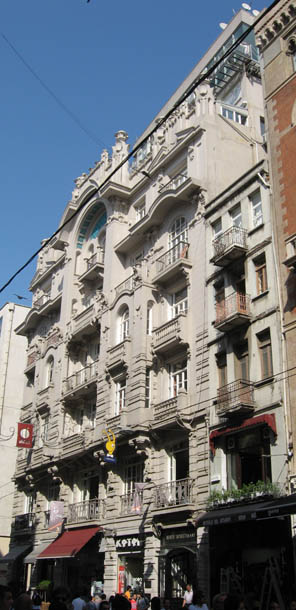
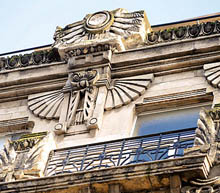
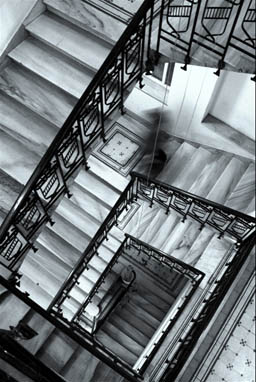
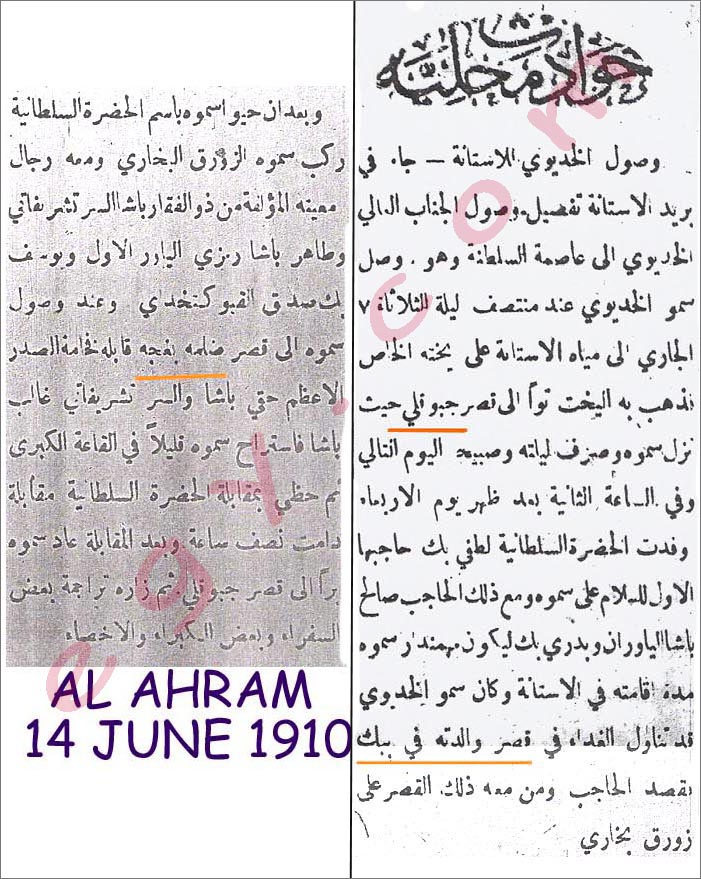
Al Ahram daily details arrival of Khedive Abbas II in Istanbul on June 7
mentioning Cibukli (Hidiv Kasri), Bebek Saray (Hidiva Saray) and the Dolma-Bahce Palace
As was customary then Istanbul is referred to either as Asitane or as Dar al-Saada.
Note: The Persian word 'Asitane' was used by Ottomans to denote Imperial complex in Istanbul (Topkapi, the Imperial Diwan and all its annexes). Dar al-Saada in above context means city of happiness
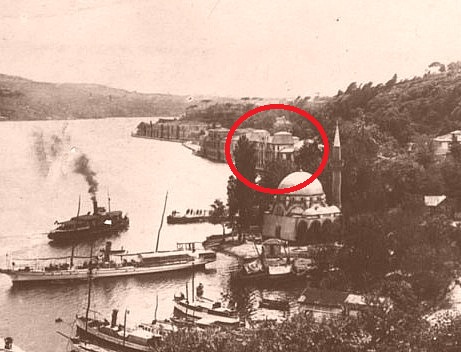
Bebek in the 1900s
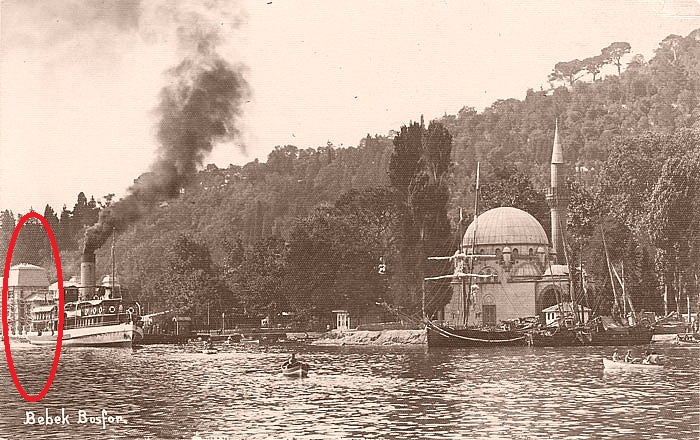
ISTANBUL EXHIBITION ON FORMER SARAYS OF VICEROY MOHAMMED ALI'S DESCENDANTS
"Nil Kiyisindan Bogaziçi'ne Kavalali Mehmed Ali Pasa Hanedani'nin Istanbul'daki Izleri"
From the Stores of the Nile to the Bosphorus Traces of the Kavalali Mehmed Ali Pasha Dynasty in Istanbul
Turkish/English
Catalogue
Istanbul Research Institute
Catalogues 9
December 2011
380 Pages
ISBN: 978 975 9123-95-6
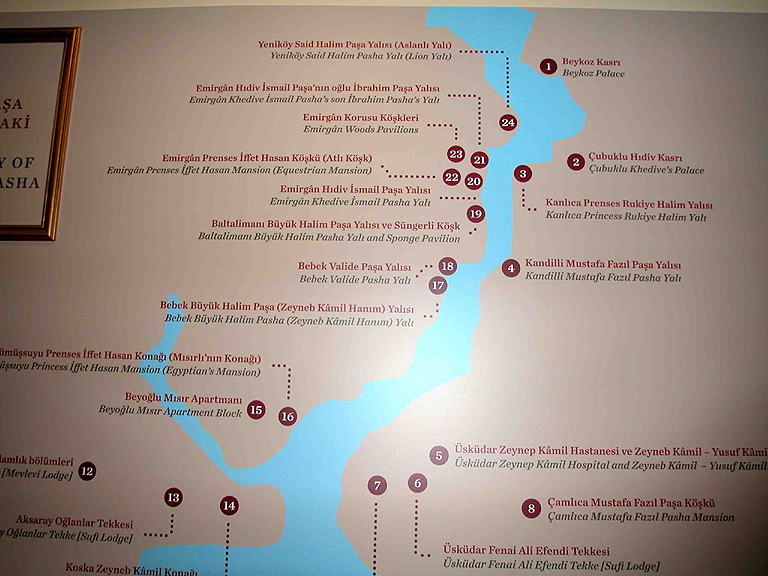
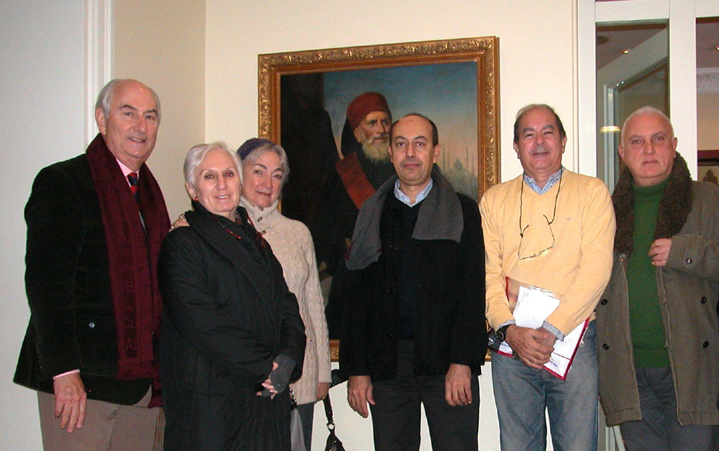
@ exhibition in Beyoglu; 24 December 2011: standing in front of Mohammed Ali portrait; L-R: Prince Abbas Hilmi, Princess Ikbal Hilmi
Princess Medihe Hilmi, IRCICA scholar Mohammed Aboul Amayem, Samir W Raafat and exhibition curator Professor Bahaa Tanman below: Professor Bahaa Tanman discusses exhibition on CNN Turk
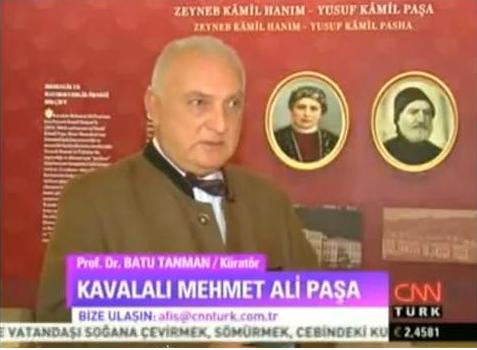
Princess Faika Fuad of Egypt Biography
Faika of Egypt
From Wikipedia, the free encyclopedia
Jump to: navigation, search
| Faika Sadek | |
|---|---|
| Spouse | Fouad Sadek |
| Full name | |
| Faika Fuad Sadek | |
| House | Muhammad Ali Dynasty |
| Father | King Fuad |
| Mother | Nazli Sabri |
| Born | 8 June 1926 Ras al Tin Palace, Alexandria |
| Died | January 1983 (aged 56) Cairo |
| Religion | Islam |
More Princess Faika images
Early life
Faika Sadek was born at the Ras al Tin Palace, Alexandria, on 8 June 1926.[1] She was one of the daughters of King Fuad and Nazli Sabri and the sister of King Farouk, Princess Fawzia, Princess Faiza and Princess Fathia.[2][3] Her maternal great-grandfather was Major-General Muhammad Sharif Pasha, prime minister and minister of foreign affairs, who was of Turkish origin.[4]Personal life
Faika married Fouad Sadek, a commoner Egyptian and a consular officer, in a civil ceremony on 5 April 1950 in San Francisco.[5][6][7] At first, King Farouk did not endorse the marriage, but later he confirmed it.[7][8] Then they married in a religious ceremony at the Kubba Palace in Cairo on 4 June 1950.[1][5] Faika's husband was given the title of "bey" after the marriage.[5] The couple lived in the Dokki Palace on the Nile and Fouad Sadek began to work at the foreign ministry of Egypt.[7] They had four children, two daughters and two sons.[1][9]Death
Faika died in Cairo in January 1983 at the age of 56 following a long illness
CAIRO, Jan. 8— Princess Faika, a sister of King Farouk, died here Friday after a long illness, officials said today.
She was 55 years old.
Princess Faika was being treated abroad for the undisclosed illness but came back to Cairo two weeks ago. She was the widow of Fuad Sadek, a former protocol officer at the royal palace. She is survived by four children.
Her brother, King Farouk, was deposed in a coup by army officers, led by Gamal Abdel Nasser and Gen. Mohammed Naguib, in July 1952
FINAL RESTING PLACE OF EGYPT'S FORMER QUEEN
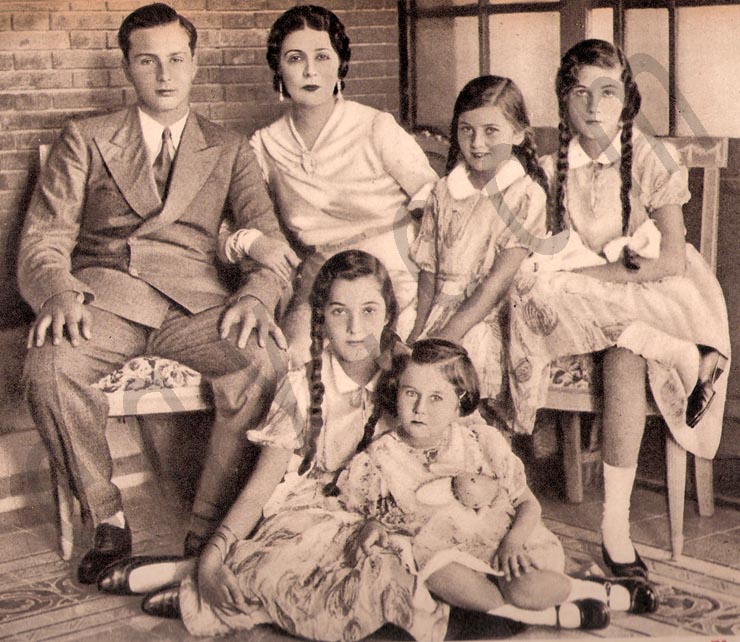
Queen Nazli and her five children: H.M. King Farouk, HRH Princess Faika, HRH Princess Faiza; front row: HRH Princess Fawzia (later Empress of Persia) and HRH Princess Fatheya (holding bunny rabbit) and (below) HRH Prince Farouk as a teenager in 1936
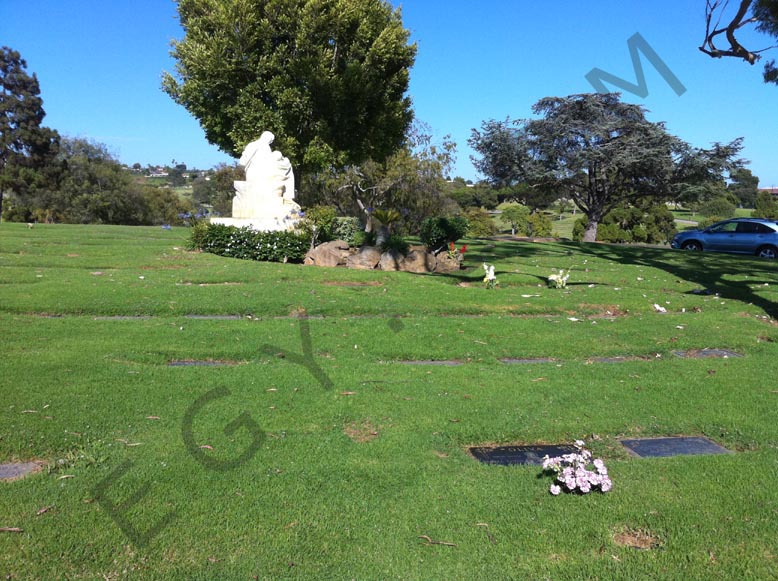
photos of cemetery and memorial plaques by Samir Raafat the Catholic Holy Cross Cemetery in Culver City, Los Angeles
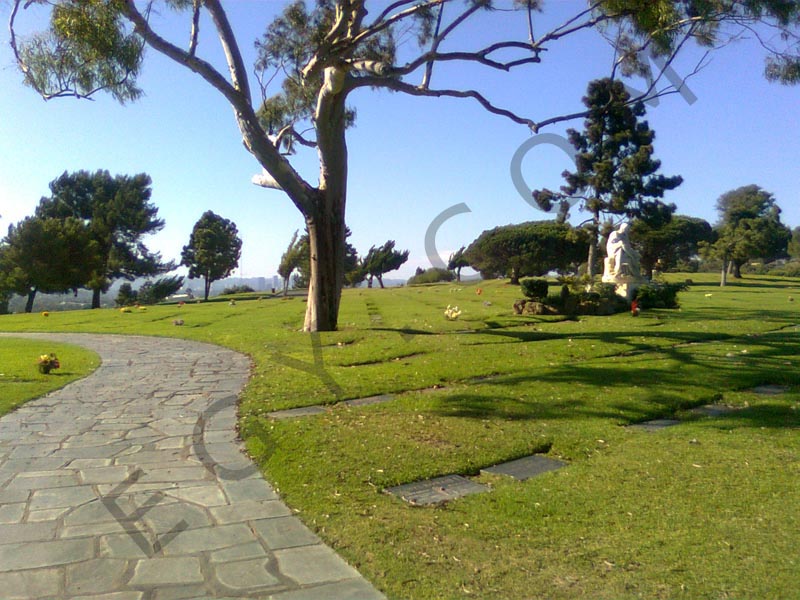
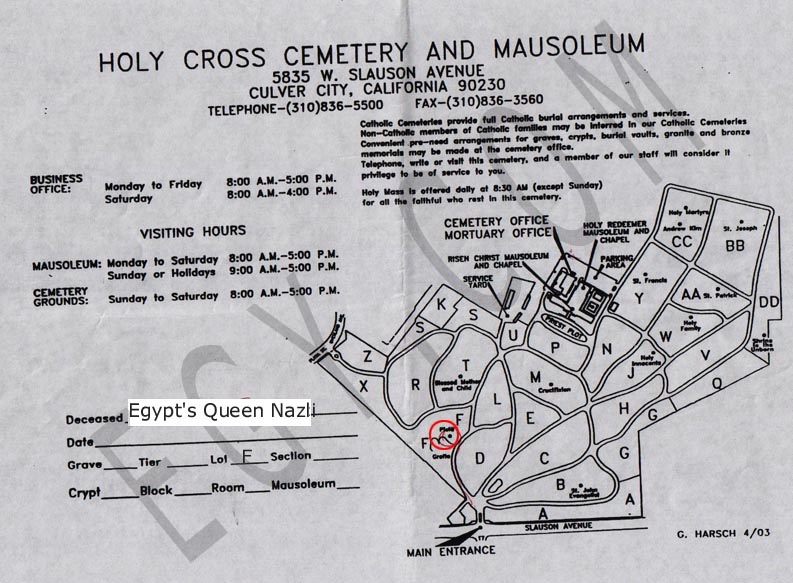
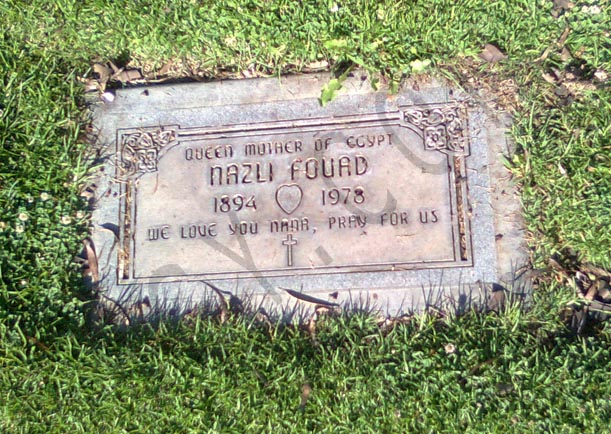
http://www.egy.com/historica/queennazli.php
 born in 1894 in Alexandria Nazli Abdelrehim Sabry married King Fouad of Egypt
and was the mother of King Farouk who bestowed upon her the title of 'Queen
Mother' on 20 January 1938
born in 1894 in Alexandria Nazli Abdelrehim Sabry married King Fouad of Egypt
and was the mother of King Farouk who bestowed upon her the title of 'Queen
Mother' on 20 January 1938 the youngest daughter of King Fouad and Queen Nazli lies next to her mother
who survived her by two years
the youngest daughter of King Fouad and Queen Nazli lies next to her mother
who survived her by two years
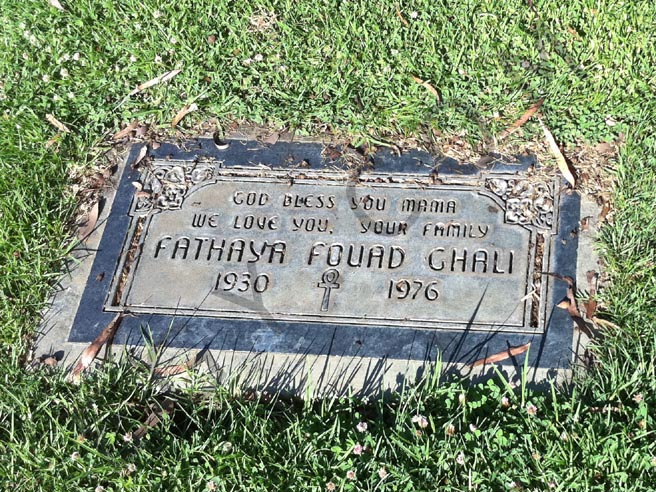 born a royal princess in Cairo's Kubbeh Palace on 17 December 1930, Fatheya
(also spelt Fathiya, Fathia) died on 10 December 1976 in West Hollywood the
result of several shot wounds. The killer was her estranged husband Riad B.
Ghali. He was sentenced to imprisonment on charges of involuntary manslaughter
but released a year later on the grounds of poor health
Fatheya had married Ghali at the Fairmont Hotel in San Fransisco on 25 April
1950. Together with Queen Nazli the couple lived a life of luxury in the Los
Angeles county of Beverly Hills, off Benedict Canyon Drive
born a royal princess in Cairo's Kubbeh Palace on 17 December 1930, Fatheya
(also spelt Fathiya, Fathia) died on 10 December 1976 in West Hollywood the
result of several shot wounds. The killer was her estranged husband Riad B.
Ghali. He was sentenced to imprisonment on charges of involuntary manslaughter
but released a year later on the grounds of poor health
Fatheya had married Ghali at the Fairmont Hotel in San Fransisco on 25 April
1950. Together with Queen Nazli the couple lived a life of luxury in the Los
Angeles county of Beverly Hills, off Benedict Canyon Drivewhen the money started to run out, the Queen and her daughter and son-in-law were forced to live under less luxurious circumstances in Santa Monica and later in an apartment West of Hollywood. Later, in 1973, Fatheya filed for bankruptcy and was later forced to forego her mother's last remaining jewels in lieu of outstanding debts at a Los Angeles court on Monday 22 September 1976
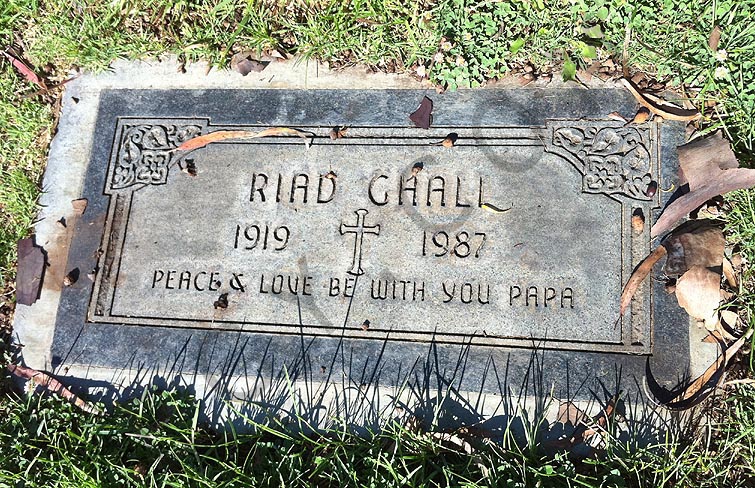 tombstone of Princess Fatheya's husband and killer who died in Santa Monica
on 13 July 1987.
tombstone of Princess Fatheya's husband and killer who died in Santa Monica
on 13 July 1987.
Subscribe to:
Posts (Atom)


